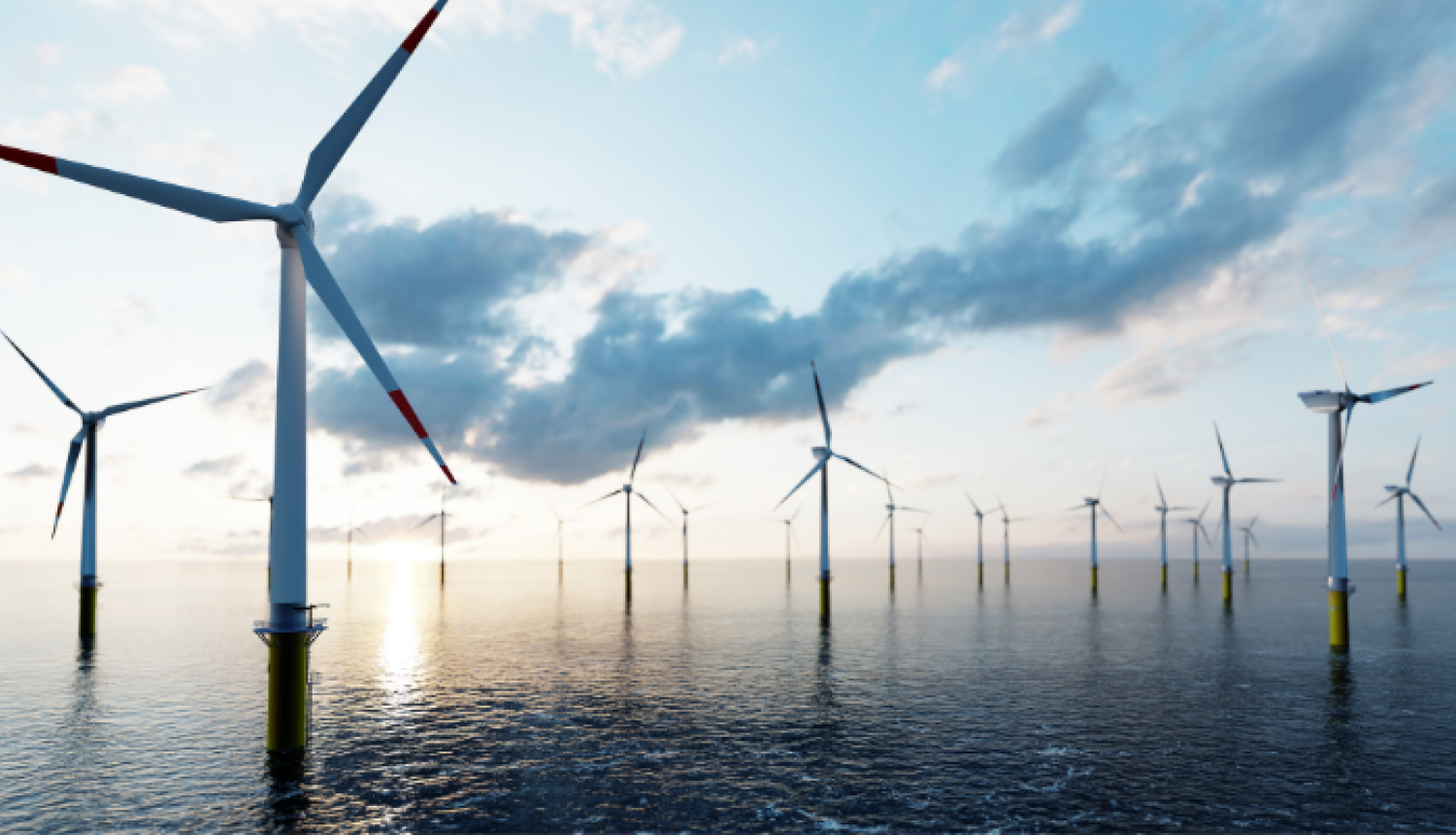On September 13, at the meeting of the Cabinet of Ministers, the conceptual report "On the past and future development of the joint Latvian and Estonian offshore wind energy project "Elwind" was examined, re-supporting the active involvement of Latvia in the project, which will strengthen the energy independence of both countries in the future, ensuring electricity capacity in the amount of 700-1000 MW.
Elwind offshore wind farm will be an important project for the Baltic Sea region with a significant economic and social impact. Therefore, in the next stage of the project development, the Investment and Development Agency of Latvia (LIAA) will take it over from the Latvian side, ensuring the receipt of the necessary permits and environmental impact assessments for the construction of the park. In this way, the impact of the implementation of the project on the electricity transmission tariff for consumers will be mitigated.
"By implementing the Elwind project, Latvia's energy security will increase, and energy production costs could potentially decrease in the future. At the same time, the energy we use will become greener. In parallel with the Elwind project, other wind farms of smaller capacity will be developed in Latvia, which means that in the relatively near future, we could become exporters of electricity from electricity buyers, producing more than Latvia is able to consume," emphasizes Kaspars Rožkalns, Director General of LIAA.
According to the feasibility study results, the most appropriate location for building an offshore wind farm in Latvia could be on the coast of Kurzeme between Liepaja and Ventspils, where are the most suitable conditions for the development of the project. The time plan for the Elwind project foresees that environmental impact assessments and all necessary construction permits will be arranged by 2025, but in 2026 it is planned to organize auctions for merchants who want to get involved in the implementation of the project. The deadline for completion of the project is planned for 2030. It is important to emphasize that according to the survey conducted by the research center SKDS in April and May 2020, 77% of the Latvian population supports the construction of wind farms.
Implementing the Elwind project will also contribute to achieving other energy and climate-related policy objectives, including energy efficiency, energy security, and greenhouse gas reduction. The project will also make an essential contribution to achieving the objectives of the European Green Deal. Therefore it is planned to attract funding from the Connecting Europe Facility (CEF) for the project implementation, thus covering up to half of the total project costs.
As known, the representatives of the Estonian government began negotiations with the Latvian side on the possible joint implementation of an offshore wind farm project in 2019. In December 2019, when the Minister of Economics met with the Estonian Minister of Economy and Communications, a conceptual agreement was reached on implementing such a project. The Memorandum between the Ministry of Economics of Latvia and the Estonian Ministry of Economic Affairs and Communications established a non-legally binding framework for the joint management and financing of an offshore wind farm project between the Estonian Ministry of Economy and Communications and the Latvian Ministry of Economics. The exact distribution of costs and benefits will be determined based on the feasibility study results and the cost-benefit analysis. The implementation of the joint project of the Latvian and Estonian offshore wind farm is included in the Latvian National Energy and Climate Plan for 2030.



